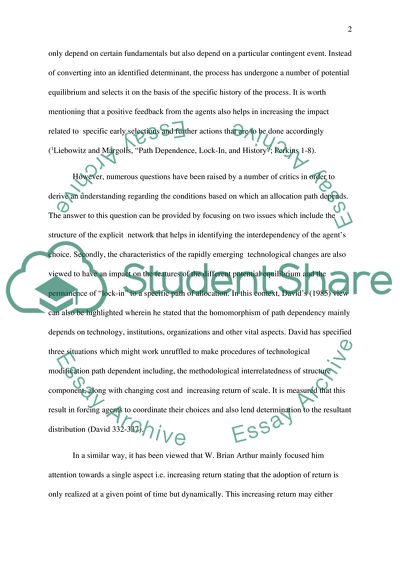Cite this document
(“Network Effects and Path Dependence Research Paper - 2”, n.d.)
Network Effects and Path Dependence Research Paper - 2. Retrieved from https://studentshare.org/marketing/1496398-case-study-2
Network Effects and Path Dependence Research Paper - 2. Retrieved from https://studentshare.org/marketing/1496398-case-study-2
(Network Effects and Path Dependence Research Paper - 2)
Network Effects and Path Dependence Research Paper - 2. https://studentshare.org/marketing/1496398-case-study-2.
Network Effects and Path Dependence Research Paper - 2. https://studentshare.org/marketing/1496398-case-study-2.
“Network Effects and Path Dependence Research Paper - 2”, n.d. https://studentshare.org/marketing/1496398-case-study-2.


